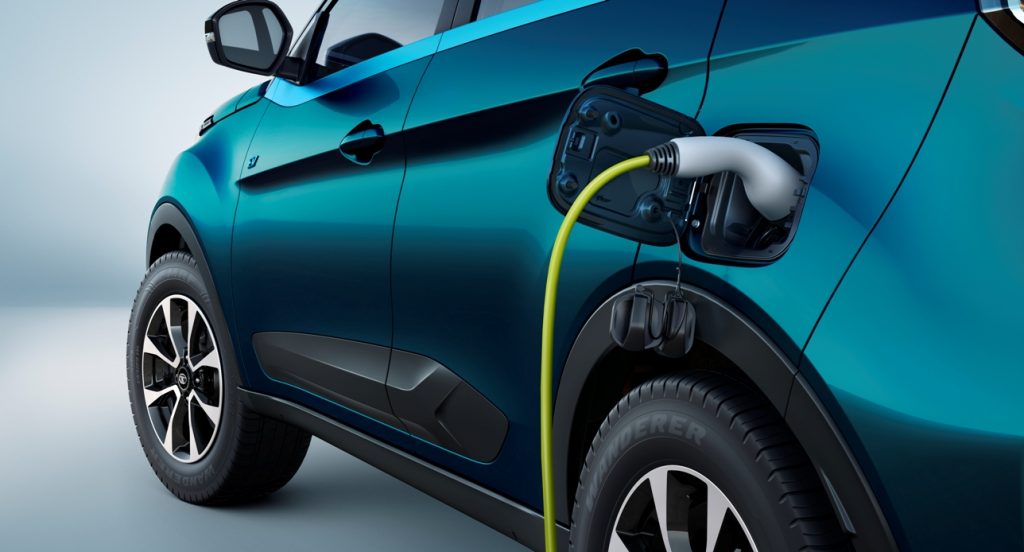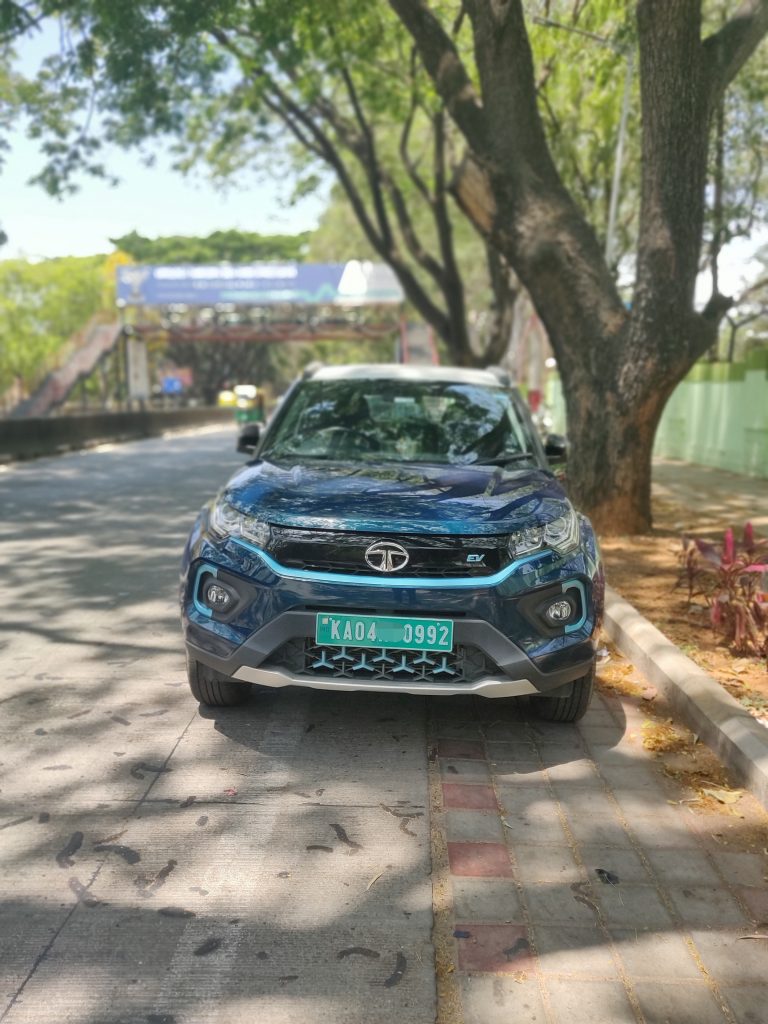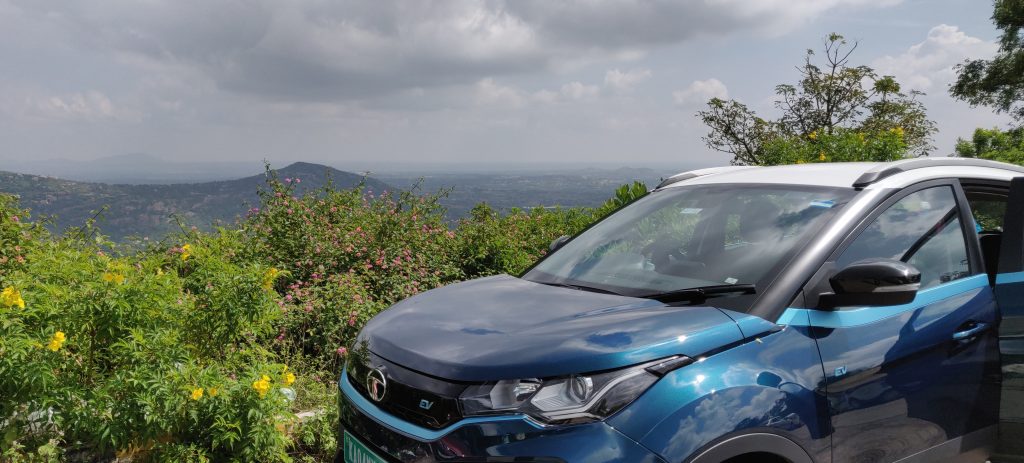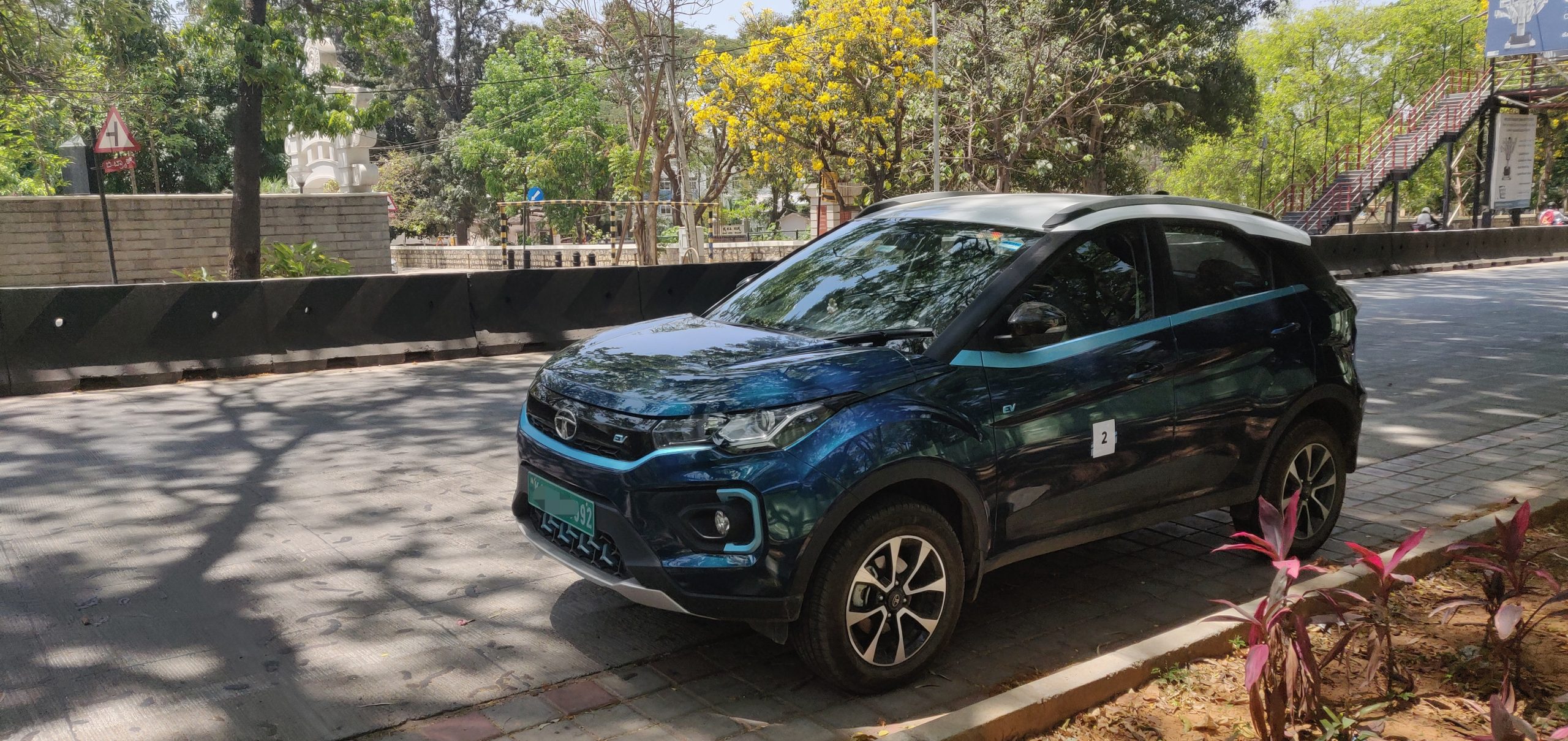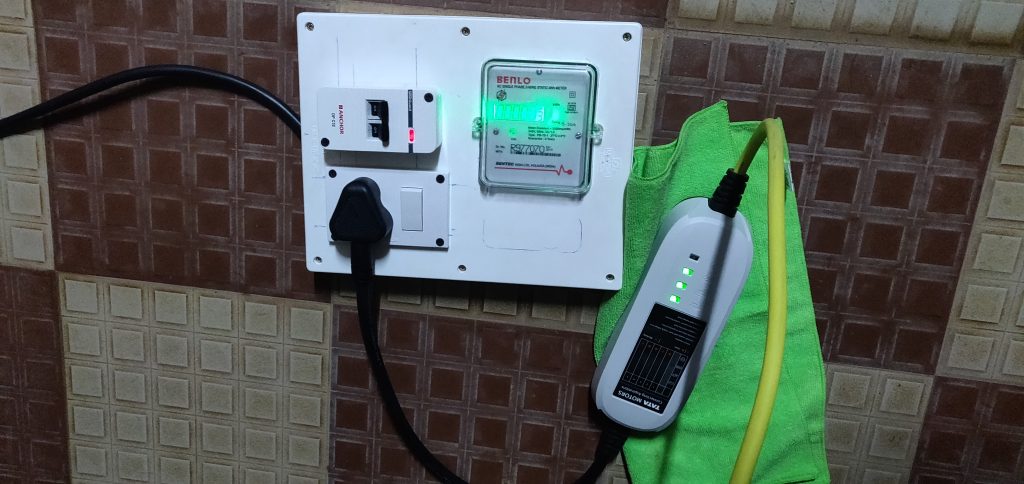I wrote about my first long-distance EV road trip back in November 2022. It was a unique experience filled with excitement and anxiety. It made me think hard about the existing challenges in owning and driving an electric vehicle over long distances.
I have now driven my EV for a total of 10,000 km within the state of Maharashtra, a combination of city drives and out-of-station drives. I have even made multiple trips on the same route I wrote about for the first time.
The vehicle has completed two servings, the first at 1,500 km and the second at 7,500 km. Both were free services; the first did not cost anything, and the second cost Rs. 1,800 for a transmission oil change.
So here I am, writing about my experience to help you better understand the ecosystem and make a more informed decision about buying and driving an electric vehicle.

Driving Experience:
When someone wants to know about an EV, they start by asking about the cost of driving and the time required to charge the vehicle. These are undoubtedly essential questions, and I will answer them. But, the driving experience is more important to address first.
Driving an electric vehicle is unlike any Internal Combustion Engine (ICE) vehicle; there is no gear and thus no clutch pedal—only two pedals for the driver, one to accelerate and the other for the brakes. Usually, the driver uses both these pedals with the right leg. Since all-electric vehicles are automatic by design, the left hand and left leg are free while driving, reducing stress levels and providing a comforting experience. Yes, this is not an EV-specific feature; the same is true for automatic ICE vehicles.
The two key features of EVs are the silent and no-vibration drives. The vehicle makes no noise outside and in the cabin. No engine also translates to zero vibrations. Engine vibrations are the main contributor to the fatigue experienced on long-distance trips. The absence of it makes the EV drive experience very relaxing. It may sound like a minor thing to consider, but trust me, once you drive an electric, this is one of the things that you will appreciate the most.
Finally, different driving modes and efficiency features make driving electric even more fun. One can choose between Eco, City, and Sports modes in Nexon Max. Most other EVs have similar driving modes. As soon as one hits the accelerator pedal, the instant torque makes for zippy driving and provides more control over how you manoeuvre your vehicle on city roads and highways.
On the other hand, regenerative braking allows you to slow down the vehicle by releasing the accelerator pedal, thus enabling single-pedal drives. Remember, this helps one recoup energy back into the battery, enhancing range. Multiple levels of regenerative braking allow how fast or slow you want the vehicle to reduce speed and, thus, how much energy you want to regain.
My experience driving an EV has been fantastic, and I enjoy silent and no-vibration drives. I rarely change the driving modes and regen levels. I use City mode for most of my city driving and prefer Eco mode when I go on highways to be more efficient.
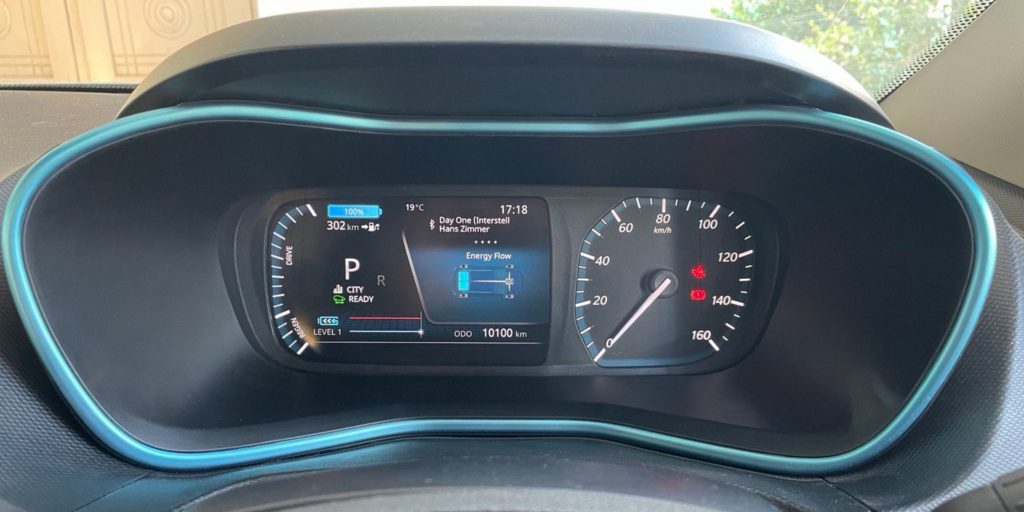
Charging Experience:
Let me address the burning questions about charging times and costs. Yes, you need to plan your travel ahead of time and keep your vehicle charged accordingly. It is more challenging than taking an ICE vehicle on an impromptu drive. You can find fuel stations almost everywhere, but EV chargers have yet to be widely available.
It takes 16 hours to charge the battery from 0 to 100% on a regular 16A outlet, which is commonly available in every house. On the other hand, at a public fast charging station, the vehicle will take anywhere between 1.5 to 2.5 hours, depending on the power output of that particular charger.
Now for the cost, the Nexon Max battery is 40kWh, meaning it takes 40 units of energy for a full charge. The cost of that energy per unit depends on the type of charger you are using.
If you use a regular home charger or a slow charger, the energy cost per unit will be as per the charges of your home electricity provider. For me, the energy provider is Maharashtra State Electricity Distribution Company Limited, and the cost per unit ranges between Rs. 8-12, depending on the overall energy usage. If the average price is Rs. 10 per unit, it will be Rs. 400 to charge the vehicle fully.
On public DC fast chargers, the cost varies between Rs. 18 to 24 depending on the company providing the charging service and also the power output of the charger. So an average price of Rs. 20 will enable a full charge in Rs. 800.
I charge my vehicle 80% of the time with a regular home charger, usually twice a week. I rarely charge on a public DC fast charger in the city, simply because there is no need. Whenever the battery reduces to 10-20%, I plug the vehicle for 12 hours overnight. The other 20% is fast charging whenever I travel outside the city.

Charging experience on DC fast chargers is excellent, but only sometimes. There are quite a few fundamental challenges that need to be addressed by Charge Point Operators (CPOs). I faced some common issues: wrong location on the mobile app, no power at the charging station, connection failure, only one or two points operational out of multiple shown on the app, no waiting area, etc.
Although I’m convinced that almost all modes of transport will use electricity in the future, a lot of work needs to be done. It starts from creating all different vehicle types to address the market needs and goes into building a reliable and efficient charging infrastructure which results in a smooth user experience.
I have used chargers by CPOs such as Bolt, Tata Power, Charge Zone, Jio BP Pulse, EV Pump, RechargeEV, Kurrent Charge, goEgo, and ChargeGrid. The best experience in terms of ease of use and no unexpected failures has been Charge Zone. The most unreliable has been Tata Power, but they have the largest network of chargers across India.
So it’s a work in progress, going in a good direction and with speed. For example, when I wrote about my first long-distance EV trip, I had no charger between Aurangabad to Amravati, almost 350 km. But now there are two active chargers by EV Pump on the same route, one at Jalna and the other at Mehkar, which made my journey anxiety free.
The Range:
Even though the company claims that the Nexon EV Max range is 437 km on a full charge, it is almost impossible to get that range in everyday usage. You will have to drive in Eco mode, alone, with no luggage and AC off, to get anywhere close to that number.
The range depends on multiple factors, such as your driving mode, how accelerator and brake pedals are used, regenerative braking, city or highway drive, the load in the vehicle, and AC usage.
In my experience, the city range is 300 km when you are driving alone or with one more person, with minimal luggage and AC on at all times. It comes down to 250 when you are on a highway with the same conditions and goes further down if the vehicle is fully loaded with four passengers and luggage. This is under the assumption that you will be driving close to 100 km/h on a highway.

Conclusion:
My overall review is positive, ⅘ if you may. The silent and no-vibration drive experience is like nothing else; the per km cost of driving is ⅕ of the ICE vehicles in most cases. The charging infrastructure is spreading rapidly, but the reliability of available chargers needs to be enhanced.
Consider an EV as your next vehicle and help contribute to moving towards a more sustainable energy future. Do share this with someone who will benefit, and reach out if you have any specific questions; I would be happy to help in any way I can.
